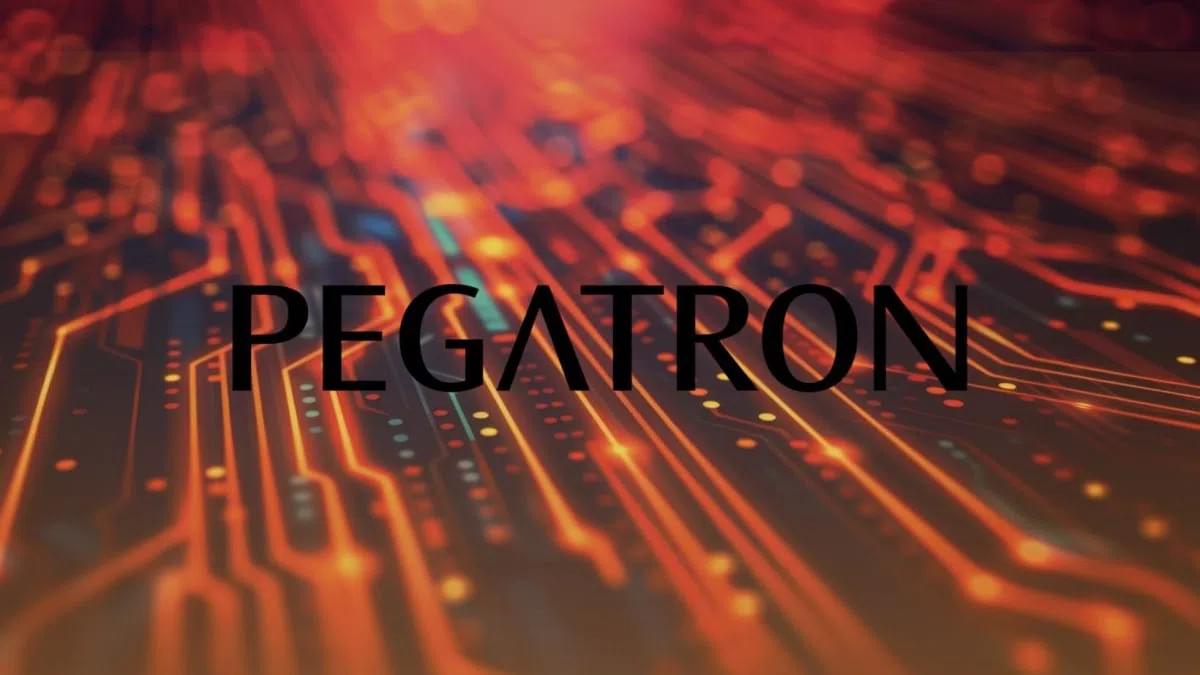Threat actors are actively exploiting a critical vulnerability in the Post SMTP plugin installed on more than 400,000 WordPress sites, to take complete control by hijacking administrator accounts.
Post SMTP is a popular email delivery solution marketed as a feature-rich and more reliable replacement of the default ‘wp_mail’ function.
On October 11, WordPress security firm Wordfence received a report from researcher ‘netranger’ about an email log disclosure issue that could be leveraged for account takeover attacks.







